| |
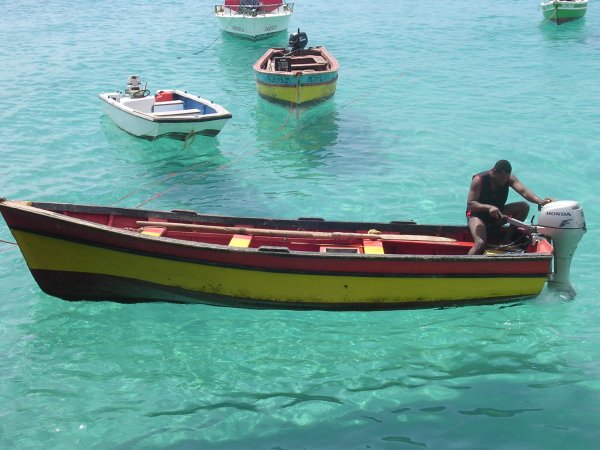 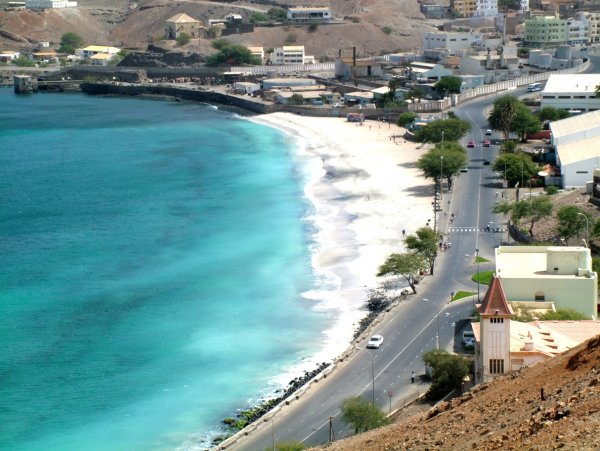 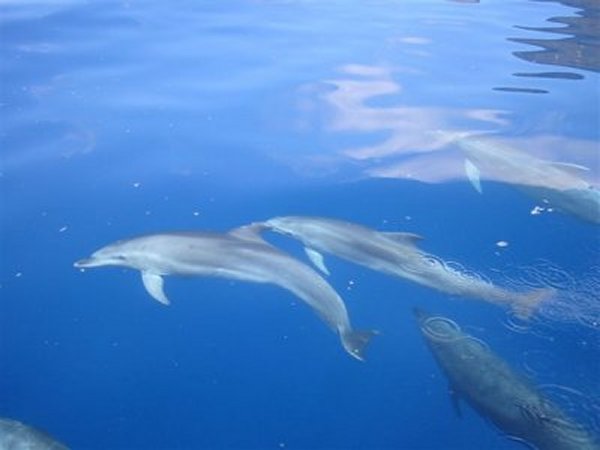 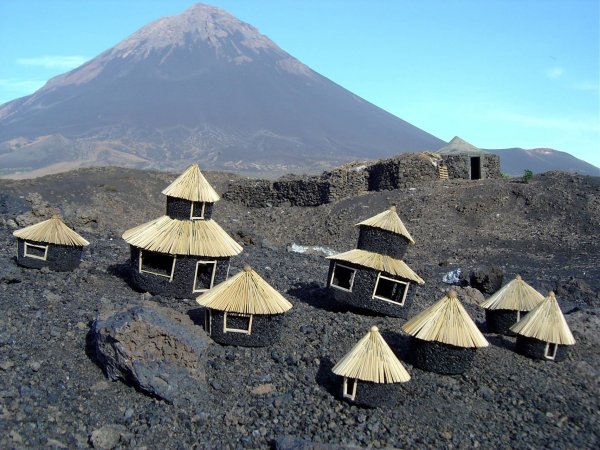 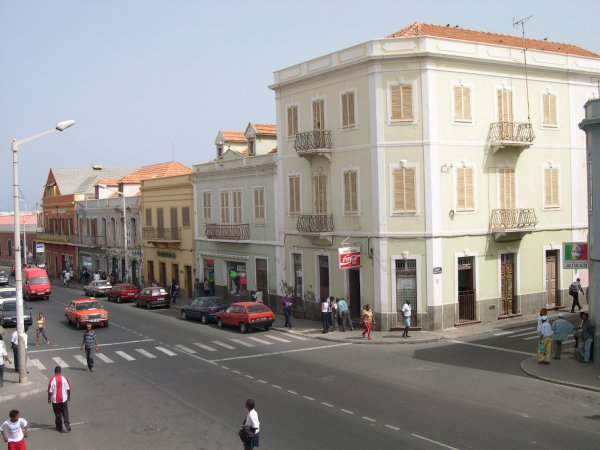
Cape Verde is known internationally for morna, a form of folk music usually sung in the Cape Verdean Creole, accompanied by clarinet, violin, guitar and cavaquinho. The islands also boast funaná and batuque music.
Cape Verde is an island archipelago that was uninhabited until the Portuguese arrived in 1462. The sailors brought with them African slaves, and the islands' population became mixed with elements of both races. Climate conditions made the islands unhospitable, and the Portuguese mostly ignored the inhabitants and the frequent droughts and famines that wracked the islands periodically. As a result, there are now more Cape Verdeans abroad than at home, and sizable communities exist in New England, Portugal, Wales, Senegal, Italy, France and the Netherlands.
Morna is by the most popular genre of Cape Verdean music, and it has produced an international superstar in Cesária Évora. Morna is a national song-style, like Argentinian tango, beloved by Cape Verdeans across the many islands of the country. It is related to Portuguese fado and its close cousin, Brazilian modinha. Lyrics are usually in Creole, and reflect highly-variable themes, including love and lust, patriotism and mourning.
Morna is believed to have originated on Boa Vista as a cheerful song-type. Eugénio Tavares was an influential songwriter of the period, and his songs are still extensively performed. Morna also spread to São Vicente, and composers like B. Leza and Manuel de Novas became popular. Solo vocalists are accompanied by a guitar, violin, bass guitar) and a piano. The cavaquinho (similar to a ukulele), a Portuguese instrument, is also common.
Aside from Évora, popular morna musicians include Ildo Lobo, Titinha, Celina Pereira, Bana, Djosinha, B. Leza, Travadinha, Sãozinha and Maria Alice.
Funaná is an accordion-based genre from Santiago. Prior to independence, funaná was denigrated by colonial authorities, who considered it African. Since independence, however, bands like Blimundo adapted the music for pop audiences and Finaçon, who combined funaná and coladeira into a fusion called
funacola.
In the 1930s, Morna evolved in a swifter form of music called coladeira. It is a more light-hearted and humorous genre, with sensual rhythms. Performers include Manuel de Novas, Frank Cavaquim, Djosa Marques and Os Tubarões.
Batuque is also popular in Cape Verde. Originally a woman's folk music, batuque is an improvised music with strong satirical or critical lyrics. In the 80's, Orlando Pantera has created the "new batuco" (neo-batuku), but he died in 2001 before to achieve his creative work. Performers and songwriters are Pantera, Vadú, Tcheka, Mayra Andrade, Lura, Zeca di nha
Reinalda.
There were also Cape Verdean big bands, including the Creole Vagabonds and the Don Verdi Orchestra. More modern musicians include zouk singer and Kora Award winner Suzanna Lubrano, Frank de Pina, Mendes Brothers (and their influential record label, MB Records), Saozinha, Creole Sextet and Rui Pina.
Hernani Almeida, who is acting as guitarist, composer and arranger since 20 years, has played with all the big names from Cape Verde. He developed his own style, which is a merge of Cape Verdian Rythm and Afro Jazz, His first Album AFRONAMIN was presented in 2008 and shows the full spectrum of his artistry.
 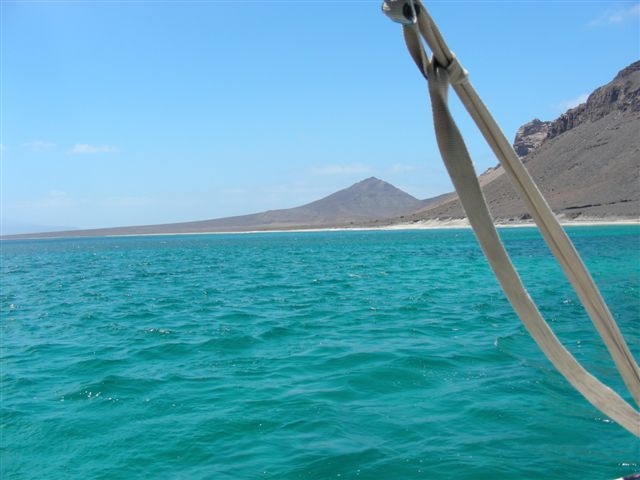  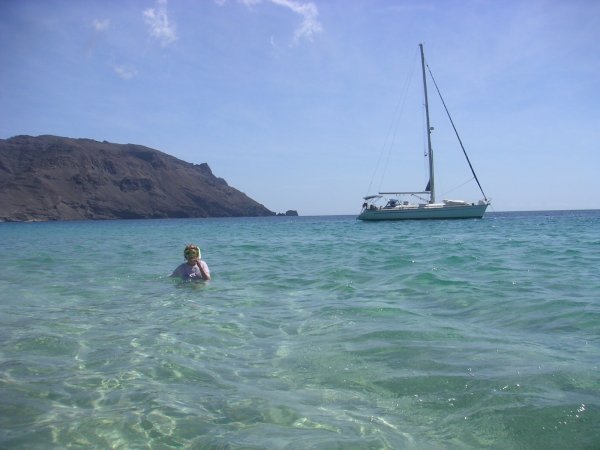 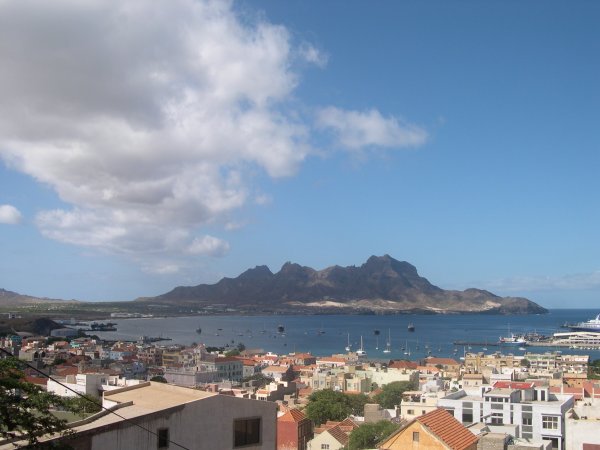

|
|